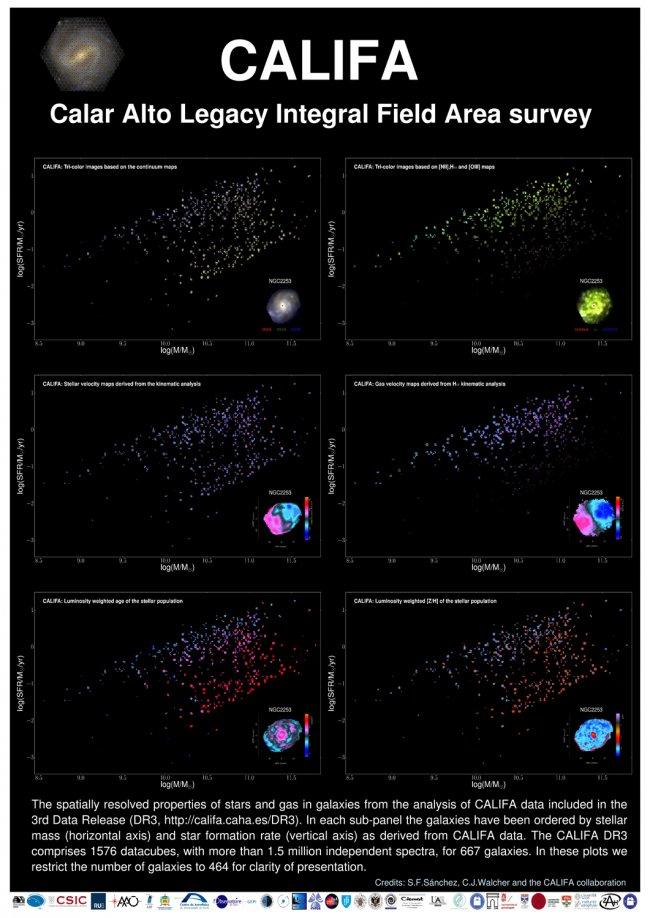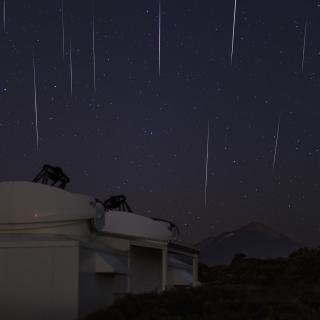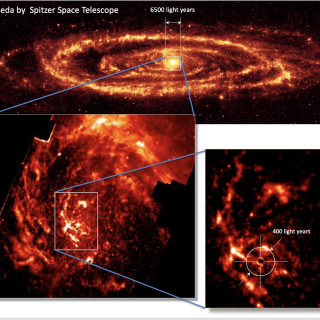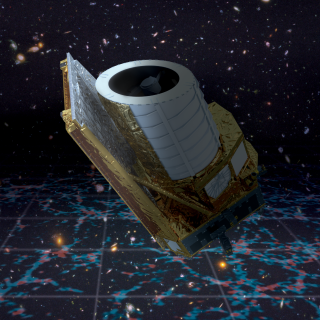The Calar Alto Legacy Integral Field Area Survey (CALIFA) has released to the world public all of the data assembled over 6 years of work. The data of more than 600 galaxies are accessible for anyone interested at http://califa.caha.es/DR3 . The astronomical community thus obtains free access to the largest dataset of spatially resolved properties of galaxies ever obtained.
CALIFA provides a unique way to learn about the evolution of galaxies. While we ourselves live in a specific galaxy, the Milky Way, there are many more galaxies out there, siblings of our own. A favorite analogy of the project Principal Investigator, Dr. Sebastian Sanchez (UNAM, Mexico): “A social scientist would naturally learn much more about a specific human by studying her environment, her family and other social relations. Exactly in the same way can we, astronomers, support the understanding of our cosmic home, the Milky Way, by studying her siblings in the skies. Studying galaxies to learn about their evolution is a fascinating subject, because - just as humans - they come in a wide variety of appearances shaped by their specific evolutionary histories.”
Explaining in more detail the way this works, he adds: “A social scientist would like to assemble data about humans to study them, such as height, weight, number of wrinkles or favourite food. To understand human evolution in general, the social scientist would of course also like to have a group of people - a sample - that would be as diverse as possible. In the same way, with CALIFA, we collect data about galaxies that were not available before for such a diverse and complete sample of galaxies. This is because CALIFA is the first project to apply the technique of integral field spectroscopy to a sample that represents all galaxies in the Local Universe, providing with a panoramic view of galaxy evolution.”
“Integral field spectroscopy allows to determine the properties of galaxies at many different places of each galaxy, i.e. in a spatially resolved way, technique in which we were pioneer in Astronomy”, adds Jesús Falcón Barroso, coordinator of the project at the IAC. The CALIFA sample on the other hand has been specifically selected to be representative of galaxies in the Local Universe. This is illustrated in the figure joined to this press release, which shows how galaxy properties vary systematically with their stellar mass (i.e. the number of stars they contain) and the star formation rate (i.e. the number of stars they are newly making every year at the present time). “We knew that some galaxy properties change systematically in this diagram. But seeing this in such detail and for many properties for which this was previously not possible is new and exciting. It provides new avenues to study galaxies and understand why exactly they turn out to be as they are.” says Dr. Jakob Walcher (AIP, Germany), the Project Scientist of CALIFA.
Analysing the data from CALIFA is a challenge even for many professional astronomers. This is because the data are so rich in information. To be able to make the most out of the data, the project has been dedicated to data releases from the very beginning. “We believe that the data do not belong to us, but to anyone interested in using them. We are a publicly funded project and we see it as our duty to make the data available to the public. This also allows anyone interested to our results, which is a fundamental value for scientists.” adds Dr. Stefano Zibetti (Univ. Florence, Italy), Quality Control responsible of CALIFA, and therefore fundamentally involved in making sure that the data meet all quality criteria and will be truly useful to the international community of scientists.
In summary, the main motivation to conduct the CALIFA project is our wish to understand our place in the universe. As phrased by Ruben Garcia-Benito (IAA, Spain), responsible for running many of the fundamental software pieces that turned observations from the telescope into ready-to-release data: "We hope that the nice images we produce can inspire even more people to be curious about the universe in general and galaxies in particular. At least for us the last 6 years have been a truly inspirational voyage, which we hope to continue by fully exploiting the available data in the years to come.”
With five scientist involved in the CALIFA survey, coordinated by Jesús Falcón Barroso, the Instituto de Astrofísica de Canarias (IAC) is one of the major partners of the collaboration. It is the leading group in the study of all aspects of the kinematics in galaxies: from the stellar angular momentum and emission-line kinematics to the pattern speed of bars in spiral galaxies. These studies on the large morphological coverage of the CALIFA survey have provided an unbiased view of the dominant processes driving the evolution and fate of galaxies.
Contact:
Jesús Falcón Barroso, researcher at the IAC: 922 605 377 and jfalcon [at] iac.es
Website of the proyect: http://califa.caha.es



